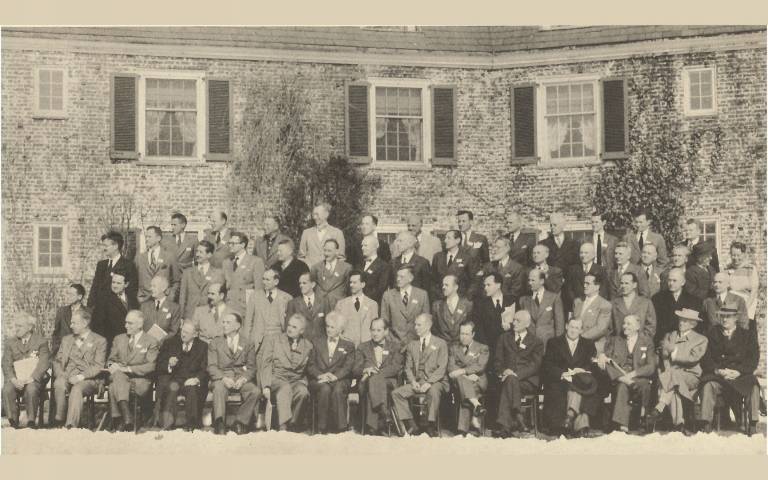PhD Research Conversations – Chin-Wei Chang
31 January 2017, 5:30 pm–7:30 pm

Event Information
Open to
- All
Organiser
-
The Bartlett School of Architecture
Location
-
Room 6.02, 22 Gordon Street, London WC1H 0QB
Join current Bartlett School of Architecture PhD candidates as they present their work in progress.
A Middle Ground between Beaux-Arts and Modernism: Tracing Modernities in Chinese Architectural Practice and Education, 1919–1949
Chin-Wei Chang
(PhD Architectural History & Theory)
Principal supervisor: Tania Sengupta
Subsidiary supervisor: Edward Denison
Abstract
It was not until the 1920s that the Chinese commenced the formal training of and associated partnerships with ‘home-grown’ architects. The first generation of Chinese educators and practitioners were young professionals who had recently returned home from training in foreign institutions. Exploring their work both at school and in practice – but focusing mainly on the former – this research is concerned with the different approaches and trajectories in Chinese architectural pedagogy influenced by western and Japanese paradigms or methods. It investigates how these ventures were institutionalised in academy and expanded into urban design and landscape schemes.
The proposed research focuses on a nebulous middle ground between various paradigms such as Beaux-Arts, Modernism and, crucially, ‘Chineseness’, where aspects of Chinese building traditions and working methods were incorporated into professional teaching between 1919 and 1949. The research is temporally framed within these three decades bound by the May Fourth Movement and the Maoist Era because it was in this seminal epoch that architectural teaching became established in China. This study seeks to explore the intellectual and pedagogic intersections through a trilogy of themes: practice (engineer, architect, planner), pedagogy (professor, researcher, writer), and discourse (publication, exhibition, competition).
While aiming to construct a clearer picture of the territory characterised by these three themes, the research concentrates primarily on the pedagogical and institutional context, which is comparatively under-researched and has largely escaped scholarly attention. The work also reflects on the relationship between pedagogy and practice, investigating the key figures, divergent discourses and institutional developments that collectively characterised China’s intense pedagogic and, consequently, architectural heterogeneity before 1949.
 Close
Close

